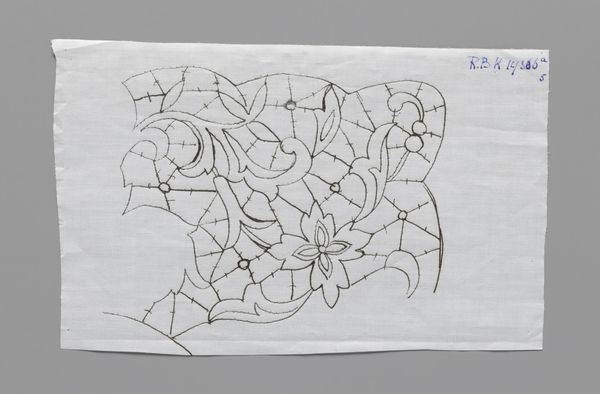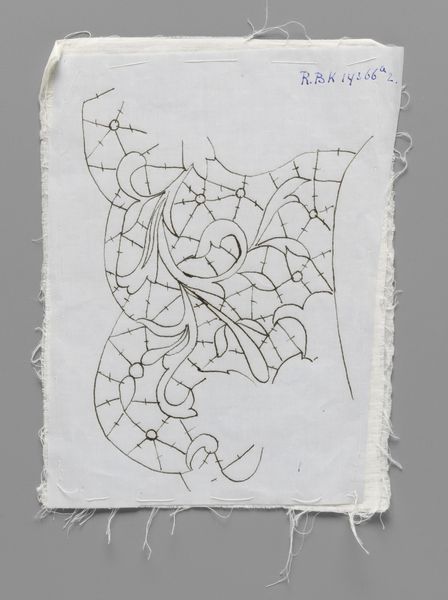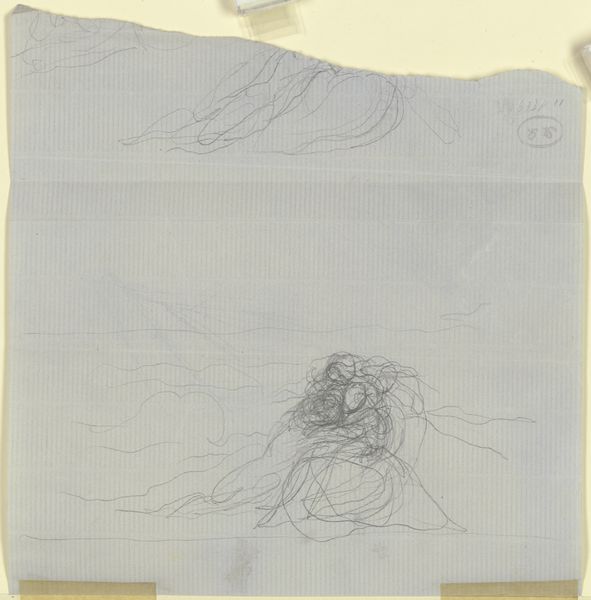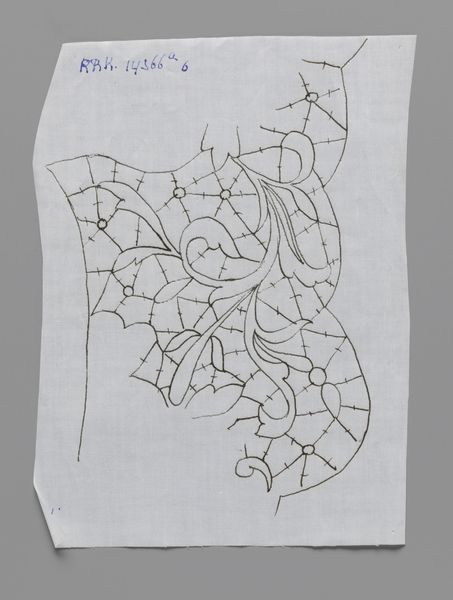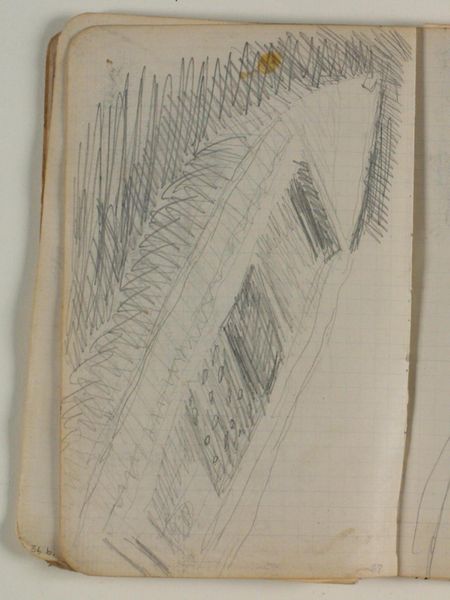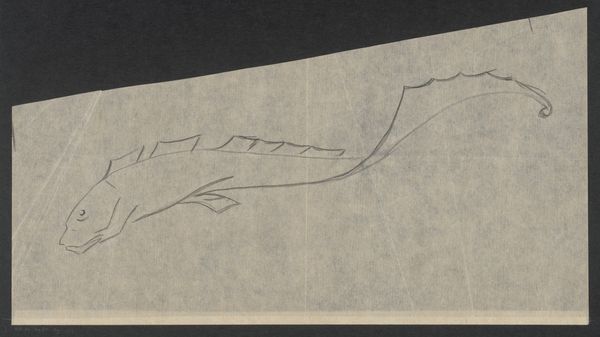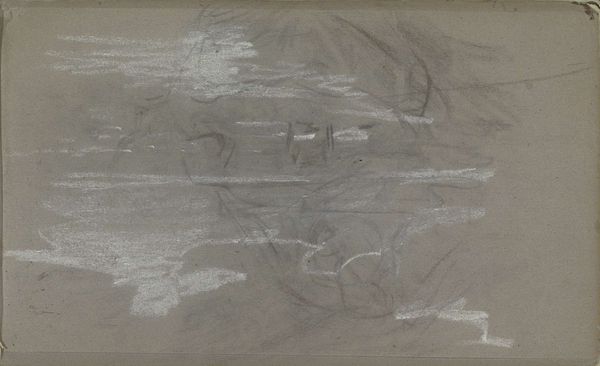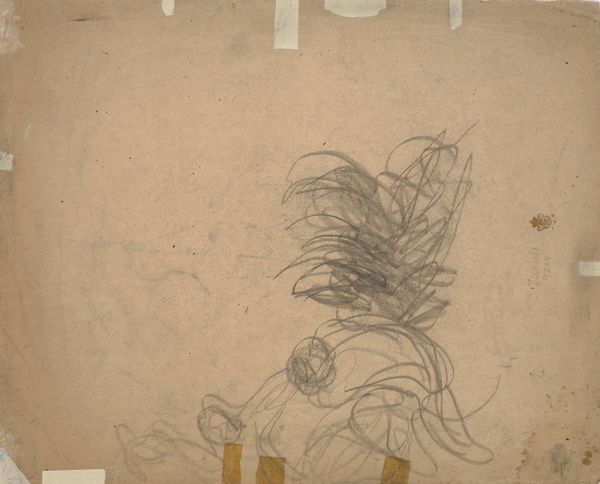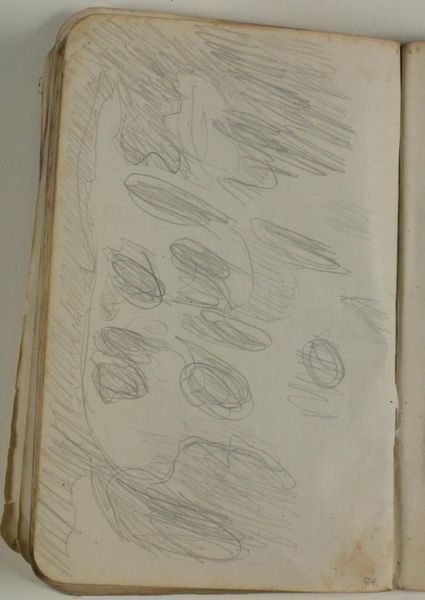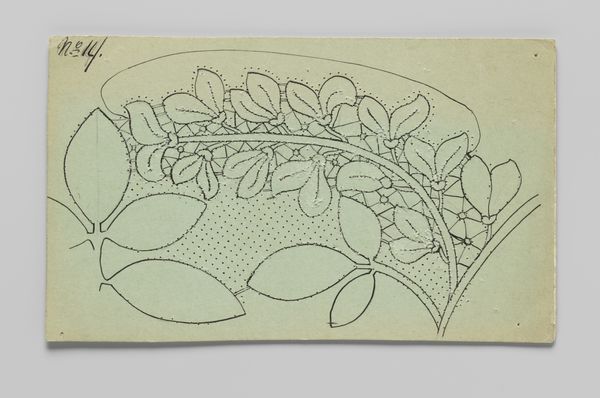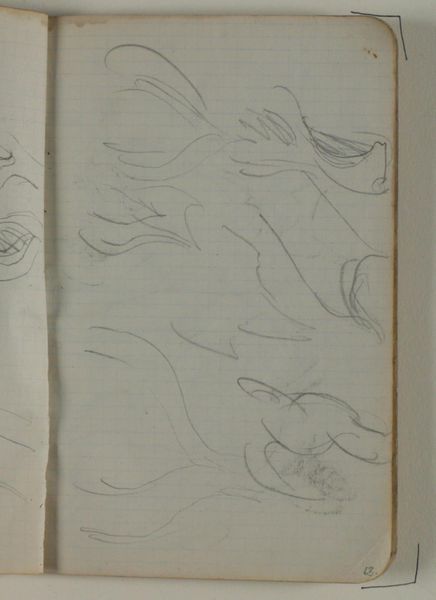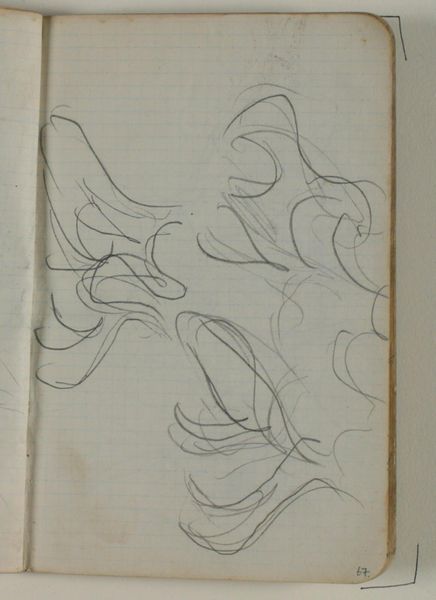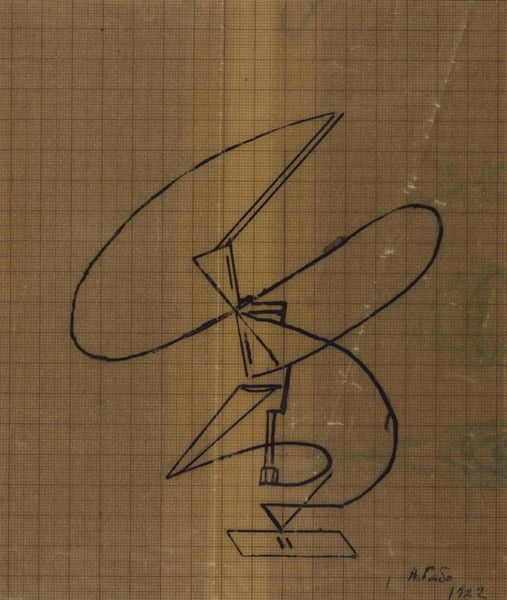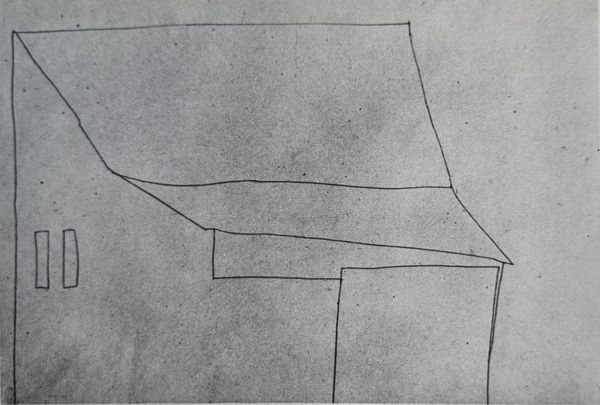
Prikking voor het maken van een deel van een kraag van naaldkant c. 1915s
0:00
0:00
drawing, textile, paper, pen
#
drawing
#
art-nouveau
#
textile
#
paper
#
geometric
#
pen
#
decorative-art
Dimensions: height 24.5 cm, width 18 cm
Copyright: Rijks Museum: Open Domain
Curator: Immediately, what strikes me is the contrast! Stark black lines against the white ground create such graphic precision. Editor: We are looking at a drawing titled “Prikking voor het maken van een deel van een kraag van naaldkant,” or “Pricking for Making Part of a Needle Lace Collar,” created circa 1915 by an artist known only as Amersfoort. This piece gives us insight into a specific social and historical context. The fact that it comes from a Belgian internment camp during World War I highlights a story of resilience and creativity within constraint. Curator: I agree. The artist really maximized what was at their disposal. Focusing on its design, there is this play of geometric versus organic. Look at the structured network supporting floral motifs—such intricate division! Editor: Precisely, because lacemaking was a crucial skill and trade, especially for women during this period. A drawing like this wouldn’t merely be aesthetic; it represented labor, economic survival, and perhaps even resistance to the conditions of internment through acts of creation. Curator: That is interesting! Note, too, how line dictates everything—contour, texture, pattern—it completely defines the form of each decorative element. Editor: Beyond its aesthetic appeal, the drawing symbolizes women's work. The detailed nature of the craft emphasizes the value of persistence. What seems like simple decorative art is infused with significance concerning identity, gender and resilience. Curator: Thinking structurally about it—each section flows dynamically while adhering to this overall symmetrical scheme—that unity is quite compelling. Editor: Yes, situating artworks within these broader narratives gives us another interpretive level. Considering that the piece exists, we could argue that creating lace, during this period, was almost an act of defiance of their imposed status and marginalization. Curator: Seeing this piece offers another lens into that historical period—especially concerning form. Thank you for sharing. Editor: And thank you; seeing its importance concerning craftsmanship, production, gender and labour shifts my own approach to reading the piece.
Comments
No comments
Be the first to comment and join the conversation on the ultimate creative platform.
